Market Analysis
In-depth Analysis of Drone Package Delivery System Market Industry Landscape
The Drone Package Delivery System Market is characterized by a blend of technological innovation, regulatory developments, consumer demand, and logistical challenges. With the rise of e-commerce and the increasing need for efficient last-mile delivery solutions, drone package delivery systems have emerged as a promising solution to address the growing demands of consumers and businesses alike.
One of the primary drivers of the demand for drone package delivery systems is the need for faster and more efficient delivery services. Traditional delivery methods face challenges such as traffic congestion, long delivery times, and limited accessibility in urban areas. Drone package delivery systems offer a solution by providing rapid, point-to-point delivery of goods directly to customers' doorsteps, bypassing ground obstacles and traffic congestion. This capability not only enhances the speed and efficiency of delivery operations but also improves customer satisfaction by reducing delivery times and offering greater convenience.
Technological advancements play a pivotal role in shaping the dynamics of the drone package delivery system market. Innovations in drone design, propulsion systems, battery technology, and autonomous navigation enable the development of advanced delivery drones capable of carrying heavier payloads over longer distances. Furthermore, developments in sense-and-avoid technology, GPS navigation, and real-time data processing enhance the safety, reliability, and autonomy of drone operations, enabling drones to navigate complex urban environments and avoid collisions with obstacles and other aircraft.
Moreover, regulatory developments and policy frameworks influence the dynamics of the drone package delivery system market. Aviation authorities, such as the Federal Aviation Administration (FAA) in the United States and the European Union Aviation Safety Agency (EASA) in Europe, establish regulations and guidelines governing the operation of drones in national airspace to ensure safety, security, and compliance with airspace regulations. Regulatory approvals and certifications are required for drone operators to conduct commercial package delivery operations, covering aspects such as pilot licensing, operational limitations, and safety protocols.
Furthermore, consumer demand and market trends drive the adoption of drone package delivery systems. As e-commerce continues to grow and consumers increasingly demand faster delivery options, retailers and logistics companies are exploring innovative solutions to meet these expectations. Drone package delivery systems offer a competitive advantage by providing same-day or next-day delivery services, reducing delivery costs, and reaching remote or hard-to-access locations where traditional delivery methods may be impractical or inefficient. Additionally, the COVID-19 pandemic has accelerated the adoption of contactless delivery solutions, further driving demand for drone package delivery systems.
However, challenges exist in the drone package delivery system market, including airspace integration, weather limitations, and public acceptance. Integrating drones into existing airspace management systems and air traffic control procedures presents technical and regulatory challenges, requiring collaboration between aviation authorities, industry stakeholders, and policymakers to ensure safe and efficient airspace utilization. Additionally, adverse weather conditions such as high winds, precipitation, and low visibility can impact drone operations, limiting their effectiveness and reliability, particularly in regions with inclement weather patterns.

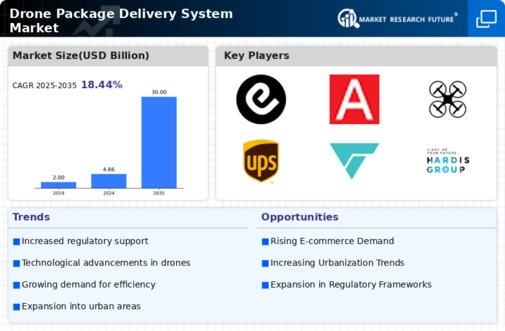
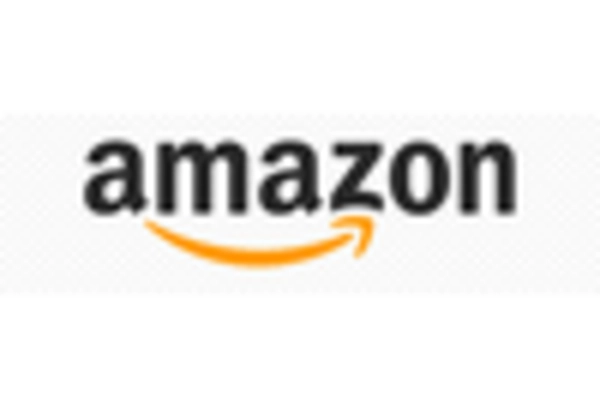
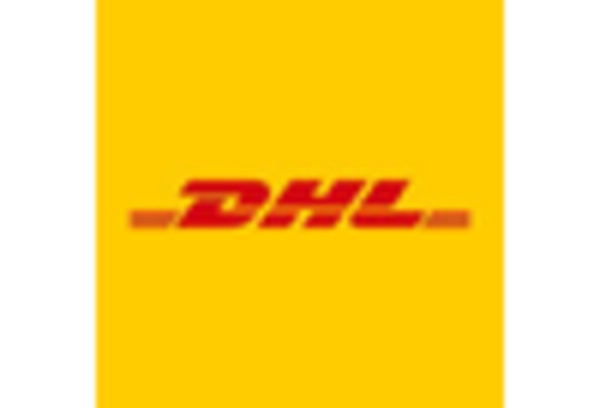

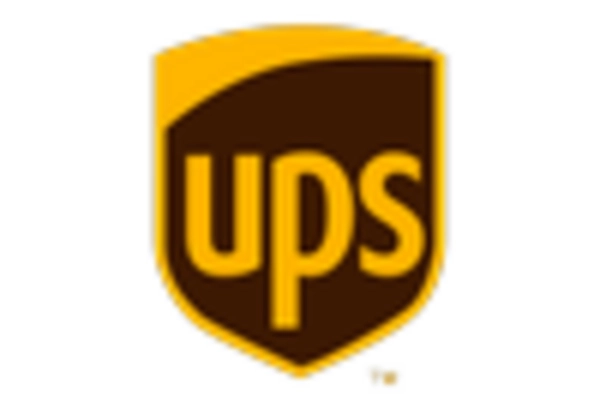
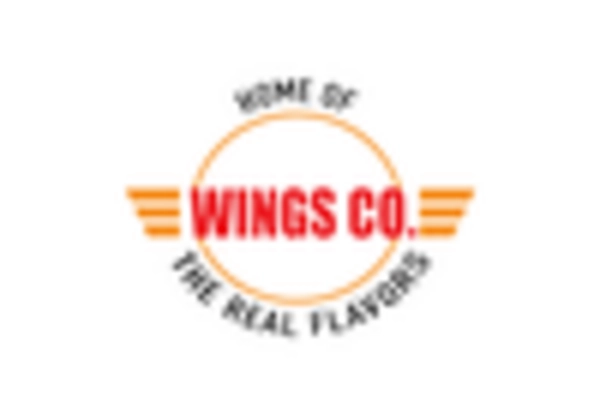










Leave a Comment